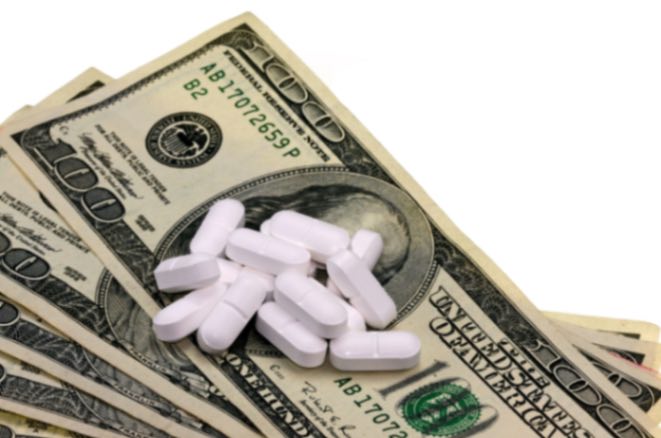Drug companies usually announce price increases by the end of January. This year was no exception.
Key Facts
Almost 800 medications—including weight loss and diabetes drugs Ozempic and Mounjaro—had an average price increase of 4.5% this month, according to a Wall Street Journal report.
This is more than the 3.4% inflation rate seen in 2023.
However, some manufacturers increased prices by as much as 10% or more.
For consumers, this may mean higher copays:
- Ozempic manufacturer Novo Nordisk increased the price of the drug by 3.5% to almost $970 per month, according to the report
- Eli Lilly, the manufacturer of Mounjaro, reportedly increased the price of the drug to $1,069.08 per fill, a 4.5% increase
- Gilead Sciences reportedly increased the price of its HIV drug Biktarvy by 4.9% to around $3,980
- Dupixent, used for severe eczema and asthma and made by Sanofi and Regeneron , rose by 6% to around $3,800, according to the report.
Maybe Not All Bad News
There were also reportedly an “unprecedented” amount of drug price decreases—mainly for insulin and asthma inhalers— this year, according to 46brooklyn Research.
These include:
- A 70% cut in GlaxoSmithKline’s inhaler Advair Diskus
- Insulin price decreases between 65% and 80% from Eli Lilly, Novo Nordisk and Sanofi—the largest manufacturers of insulin
However, a cut in prices may not mean cost savings at the pharmacy. The copay could actually wind up being more if the drug was moved to a different tier on your insurer’s “drug formulary” which is the menu of drugs that your insurance provides.
This all depends on the behind-the-scenes payments made between the drug manufacturer and your insurance’s middleman called a pharmacy benefit manager (known as a PBM.)
What This Means For Consumers
Retail drug prices are affected by the negotiations for discounts or rebates made between pharmacies, their middlemen, and insurers, according to the Congressional Budget Office.
Depending on a person’s health insurance plans, consumers may only pay a copay for prescription drugs. Even if you have a plan with high deductibles, you usually pay the price negotiated by the insurer.
However, an increase in list price usually means an increase in copay.
The Bottom Line
Drug manufacturers, like everyone else, are facing higher costs of business due to inflation.
Labor costs are up, supply costs are up, and all of that puts pressure on publicly traded companies’ bottom line.
As a result, drug companies are facing pressures from both sides this year.
Most experts believe that because of all the unknowns, such as inflation, the drug development pipeline, and the generic/ biosimilar launches this year, etc, companies will need a variety of strategies to face the challenges of a very different marketplace this year.
Image by wirestock on Freepik

Thank you, You will be automatically subscribed to the our newsletter.